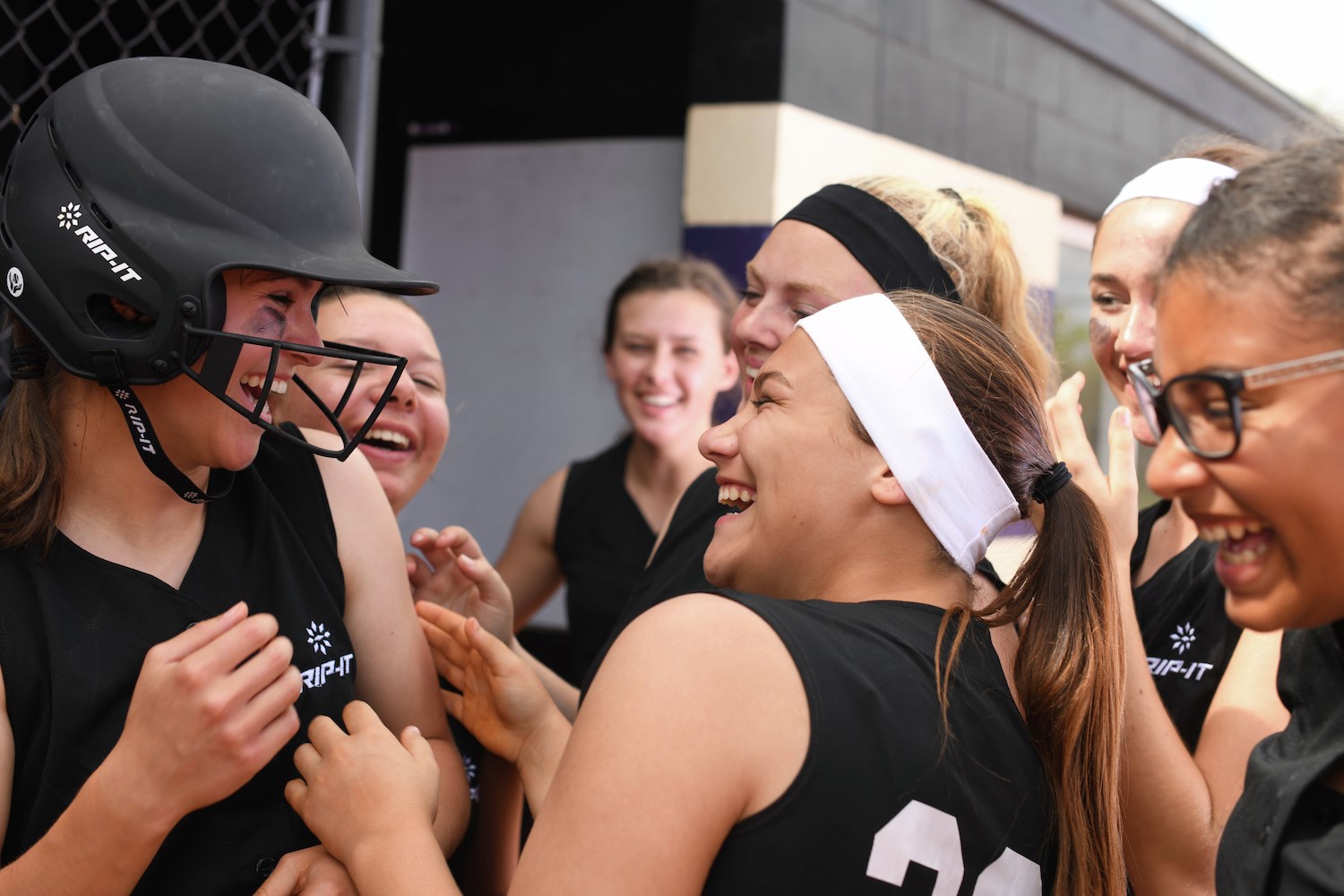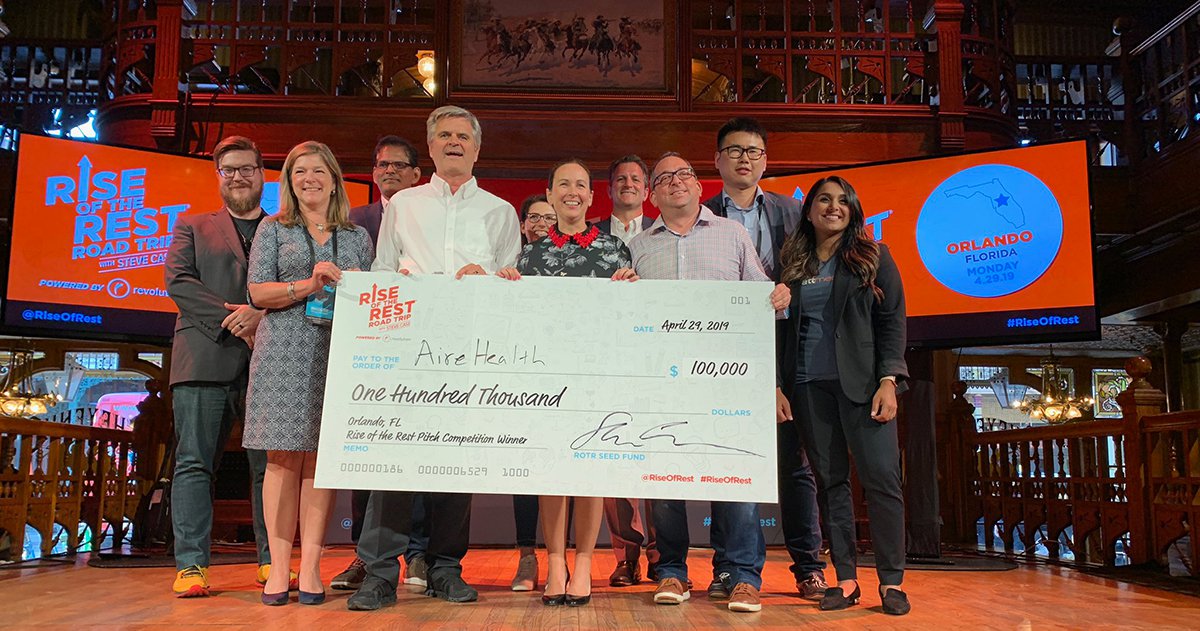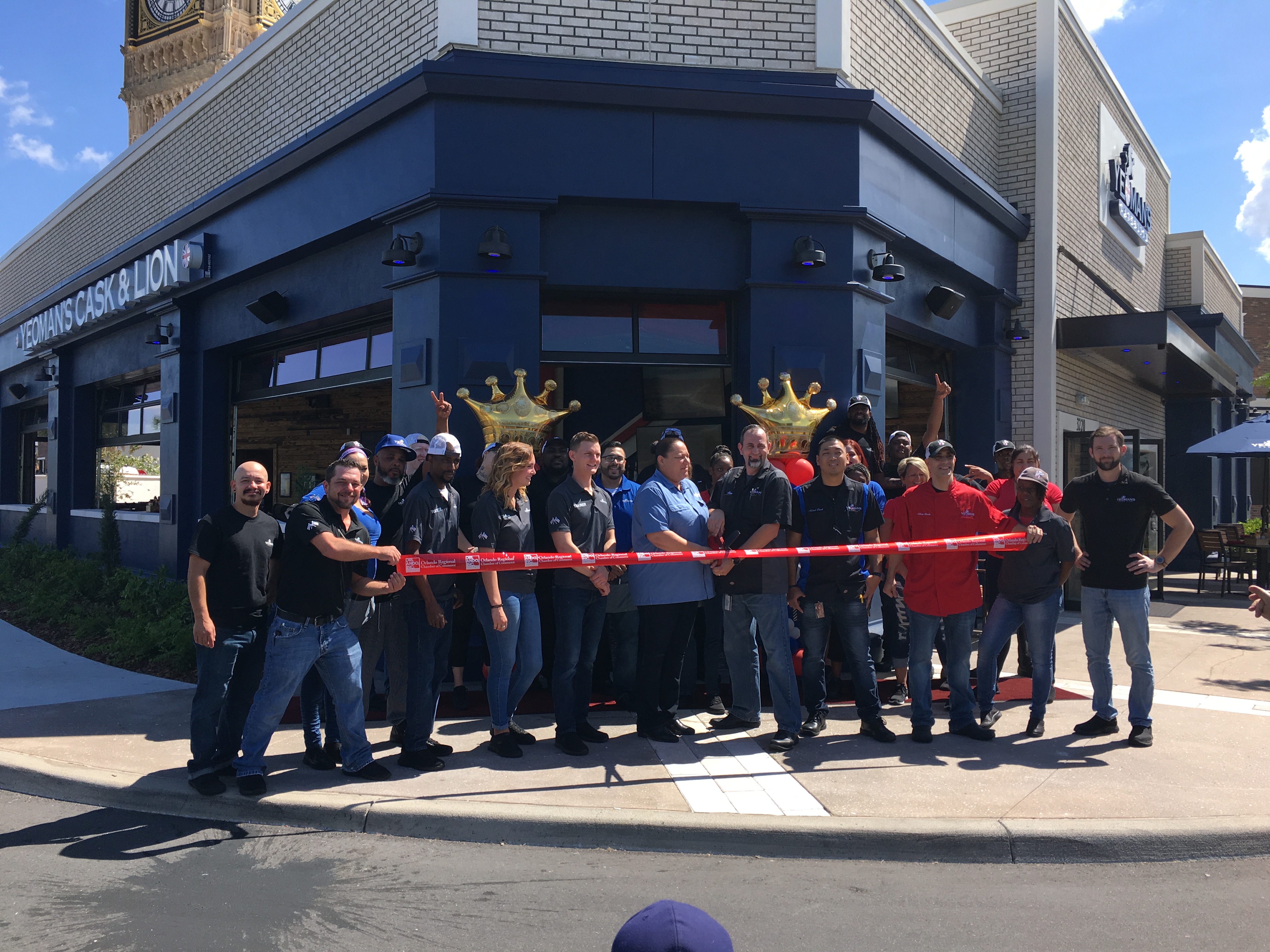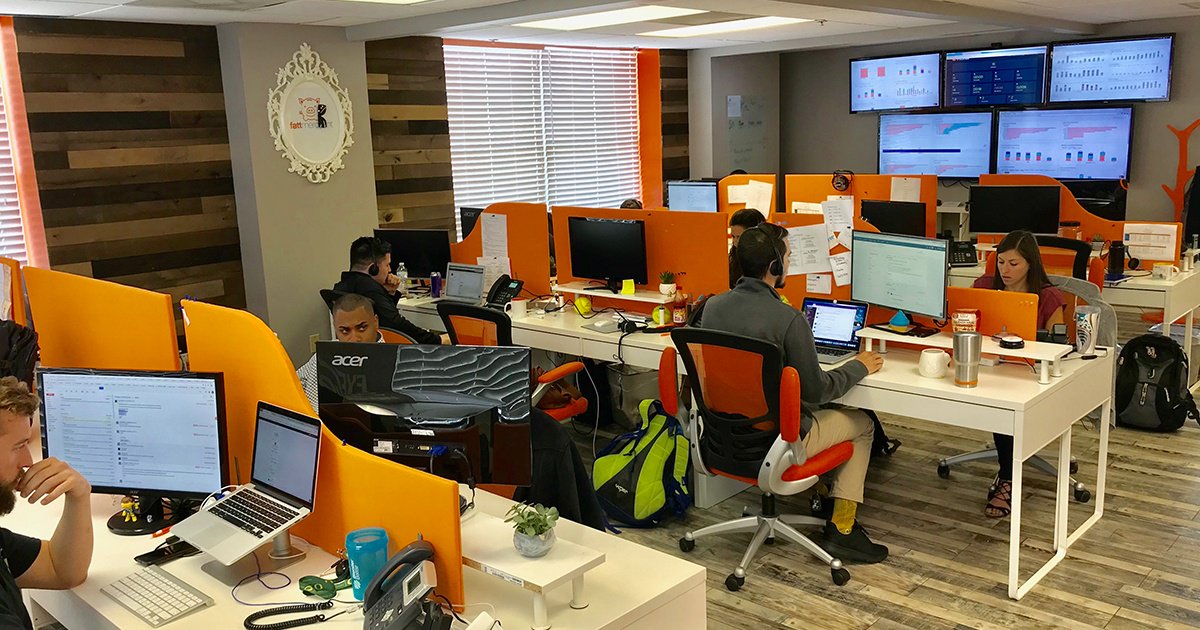When RIP-IT found itself losing money on a new product launch, the company turned to the Business Model Canvas methodology to better understand its customers, deliver valuable products and increase its bottom line.
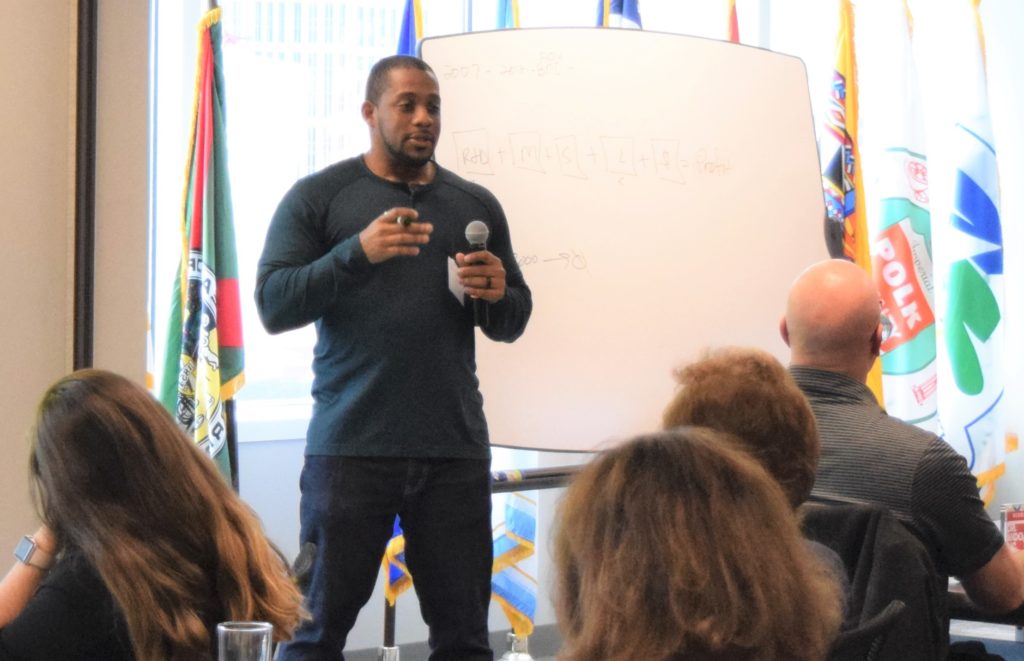
RIP-IT, a sports equipment manufacturing company based in Orlando, found itself losing money on a new product launch. But through the use of the Business Model Canvas (BMC) methodology, the company avoided a $250,000 mistake and grew its annual revenue by 60 percent in just four years. Despite RIP-IT’s male-dominated leadership, the company was able to use BMC methodology to better understand its female customer and create a product used by three million softball players across the United States.
RIP-IT started with a father’s concern for his daughter’s safety on the softball field. Historically, softball equipment for women was the same used by men, only smaller, and often fit poorly. When his daughter’s vision was impeded by a batter’s face guard designed for men, RIP-IT’s founder, Mike Polstein, did what any father with an engineering background would do—he designed and built one in his garage.
Today the company is one of the most trusted brands in women’s softball. But a home run is rarely hit without a few foul balls first.
Unforced Error
By 2014 the company had two products sold in stores around the U.S. and Canada. But the company was facing challenges developing new product models.
The owners believed RIP-IT would knock it out of the park if the company created the world’s first smart baseball bat. After investing $250,000 to launch its smart bat technology, customers rejected the product in favor of current, cheaper and better alternatives for measuring speed and counting hits. Worse, the bat experienced frequent connectivity issues, and users were often distracted on their phones instead of keeping their heads in the game. For RIP-IT, it was swing and a miss.
Back to the Practice Field
In the face of failure, company leaders decided to learn from their mistakes. They turned to business accelerator StarterStudio, located in Downtown Orlando, and learned about BMC methodology.
The focus on the customer was the key to success. We were relentless and obsessive with our desire to understand the customer and serve her needs.
Allen Thompson, Director of Product Development
Thompson and his team honed a customer-oriented approach for innovation and strategy, which led them back to the company’s mission of helping women feel represented and celebrated in the softball community.
Swinging for the Fences
In the company’s first iteration of BMC, RIP-IT developed a backpack designed to accommodate softball players’ gear for practice and competitions. The company interviewed more than 600 players to validate the market potential for the product. From idea to production, the bag cost $10,000 to develop. By the end of the first year, its sales totaled $350,000.
Next, the company found a market need for better-quality softball pants. Every female softball player interviewed complained that the current softball pants on the market did not fit properly and were made from uncomfortable material. After 16 prototypes, RIP-IT found a perfect balance of form and function and sold 30,000 units at the next buyer’s meeting. The following year, the company created sliding shorts, which go underneath softball pants and act as extra protection from injury sustained from sliding. As a continual effort to understand it’s customers, RIP-IT sponsored a pizza party for high school and collegiate softball players. During the event, one mother suggested the biggest issue for young women softball players, especially when it comes to under-uniform protection, was the fear of experiencing menstrual cycle-related issues during a game. The company designed protective pads into their sliding shorts and quickly sold $1 million worth of product. The company is now looking to expand its solution to other sports.
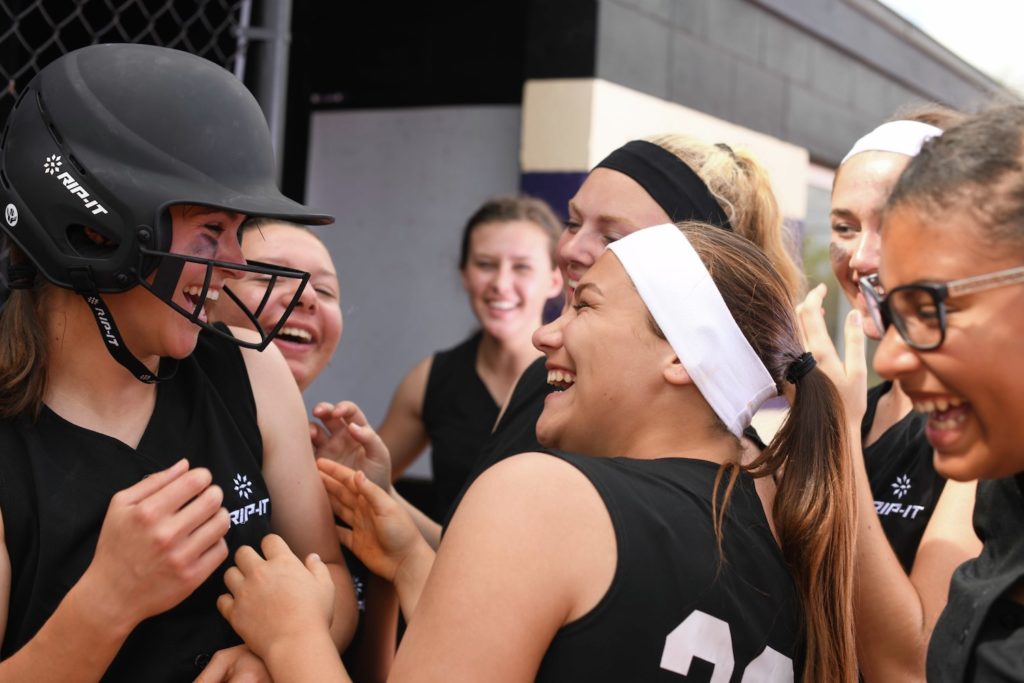
A Winning Game Plan
From 2014-2018, the company grew 60 percent in annual revenue. BMC methodology not only saved the company from potentially severe losses but also accelerated its growth. Finding a scalable, repeatable process to deliver value to customers allowed RIP-IT to share its purpose through products. And customers responded with brand loyalty. By including customers in the product development process, the company’s products are in high-demand and sales have soared.
Customers are already looking for solutions for their problems. RIP-IT is just listening.
Allen Thompson
Business Model Canvas methodology is taught in Idea To Profit workshops hosted by the Orlando Regional Chamber. Instructors Vanessa Zabala, MSc, director of Impact Development at the Partnership, and Dr. Dale A. Brill, senior vice president of Research and the Foundation for Orlando’s Future at the Partnership, guide participants through the BMC framework to help them better understand their businesses and adapt to the changing needs of customers.

